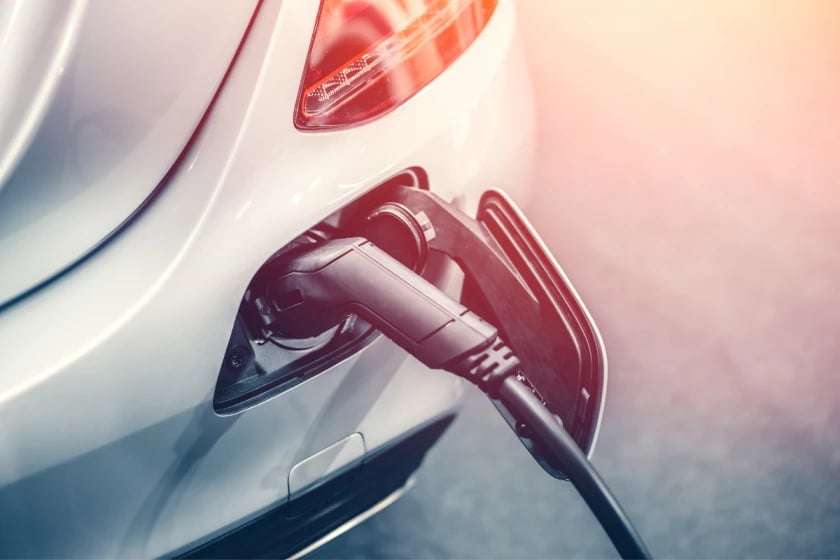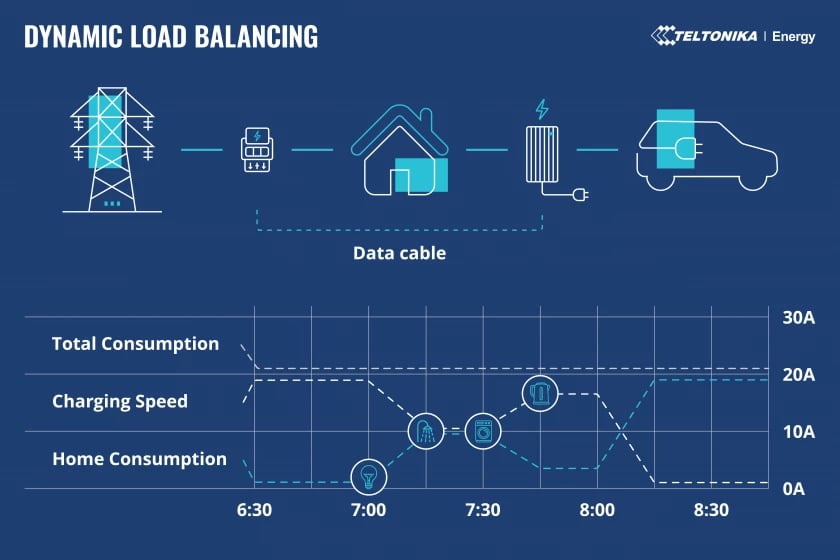EV CHARGING TECHNOLOGY: WHAT IS TRENDING IN 2022?
3 years ago
Although charging infrastructure is still a challenge, so many improvements have been made throughout the past few years. Nevertheless, it is still a lucrative field for innovations and next-gen technological advancements. Let’s see what is trending now and what technologies could disrupt the future.

‘The future will be electric’ is no longer a plain statement. Active electrification is already in progress. According to EV Volumes, in 2021, EV sales topped 6.7 million units, a 108% increase compared to 2020. To keep all these EVs on the go, a sufficient EV charging infrastructure is fundamental.
The EV ecosystem is constantly evolving, and so is the EV charging industry. Although charging infrastructure is still a challenge, so many improvements have been made throughout the past few years. Nevertheless, it is still a lucrative field for innovations and next-gen technological advancements. Let’s see what is trending now and what technologies could disrupt the future.
MAKING EV CHARGING SMART
The first EV charging devices in the 18-19th century looked like huge metal boxes with cables and tens of random buttons. Over time, the technology advanced so much that today EV charging devices are very compact and minimalistic but smart and intuitive enough to make decisions independently.
What functionalities make an EV charger ‘intelligent,’ though? The answer is simple: its ability to maintain seamless communication with an EV driver, an EV itself, the grid, and other charging stations.
EV drivers are pleased if their chargers can indicate when the energy is least expensive. Most often, the price is down during the night. But none is impressed by leaving a cozy bed to plug in the car and start charging, right?
This is why smart EV chargers also need a scheduling function to enable charging activities only at a particular time. Without any additional intervention from an EV driver. Such a great feature saves both time and money.
With TeltoCharge, an EV driver needs to plug in the car, set charging using the app, and have no more worries. EV charging is made simple.
Smart EV charging is no longer a trend which helps companies differentiate their products, it is a must-have feature that will lead the development of next-gen EV chargers. All smart features primarily add to a better customer experience making EV charging cheaper, more efficient, and sustainable.
MAKING LOAD BALANCING DYNAMIC
Dynamic load balancing is another feature closely related to smart charging, which primarily ensures safe charging and optimal energy distribution.
Currently, the majority of the EV chargers offer static load balancing, which supposes manual load control. Let’s take home charging as an example.
Usually, people use many electric appliances during the daytime that consume a substantial part of energy. Enabling EV charging when other devices are active is quite risky, as the property’s electrical capacity could overload. So an EV driver must consider the power available for the charger to use and, if needed, reduce the amperage available to charge an EV.
So how does dynamic load balancing improve the experience?
Dynamic load balancing is the perfect solution becoming available with more and more innovative EV chargers. The smart meter connected to a charger acts as the sensor that measures the property's power consumption in real-time; meanwhile, an EV charger reads the data and performs calculations. Then, instantly reacting to current changes, a smart EV charger automatically sets the maximum charging power at a given moment.

ENABLING V2G OR BIDIRECTIONAL CHARGING
Yet another EV charging trend to further develop in 2022 is vehicle-to-grid, or V2G, technology. It enables charging EV batteries and, at the same time, can make the batteries push the power back to the grid. What about using an EV as a powerhouse?
Pecan Street, a transportation electrification and V2G research organization, estimates that each V2G-equipped EV could power a home for two to five hours or power up to five homes for about an hour. Can you just imagine?
According to Virta, only 4% of EVs are on the go during the daytime. While the V2G technology allows the car to be used as a reserve almost 24/7 instead of just a few hours it is being charged.

Nevertheless, the concept is quite complex and requires technological innovations. For instance, first of all, EVs need to be V2G-equipped. Also, to make V2G charging available, charging stations need additional software to access the central grid.
However, this initiative will become a true revelation with a growing number of EVs and increasing load placed on the national grid.
MAKING EV CHARGING WIRELESS?
Although we are talking much about the upgrades of traditional EV chargers, there are many discussions around the next-gen phenomenon - wireless charging. The technology uses an electromagnetic field to transmit the energy between the charger and the car. All an EV driver has to do is align one’s vehicle to the wireless charging pad on the ground.
The technology enabling wireless EV battery refills is under progressive development. In 2020, the wireless EV charging market was valued at $6.9 million. By 2030, it is forecasted to reach $207.4 million.
The concept of wireless charging is also in the spotlight of such giant automakers like General Motors, Nissan, Volvo, or Tesla. In 2019, BMW was the first manufacturer that released a commercially-viable wireless charging system for its 530e plug-in hybrid electric sedan.

In 2022, therefore, the market anticipates the come-out of the Genesis GV60 electric crossover - the first all-electric vehicle which is likely to feature a factory-installed wireless charging option.
Although the idea of wireless charging is highly promising, its widespread adoption could take time. Currently, among the most significant challenges are slower charging speed compared to traditional EV chargers and expensive technological integration.
But who knows, maybe this new trend soon will be the turning point in the entire charging industry?
Overall, EV charging technologies’ move from niche market to mainstream is highly noticeable. Each upgrade and innovation in the field is aimed at having a reliable, scalable, cost-effective EV charging infrastructure.
Share it with friends!
We’re here to help!